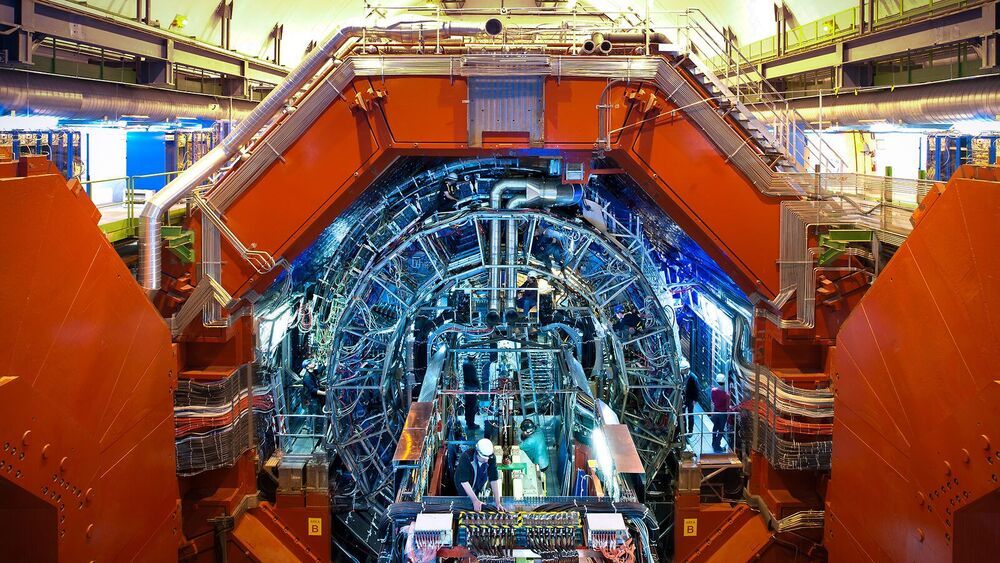Circa 2019
In a feat sure to fire up ethical and philosophical debate, a new system has restored circulation and oxygen flow to a dead mammal brain.
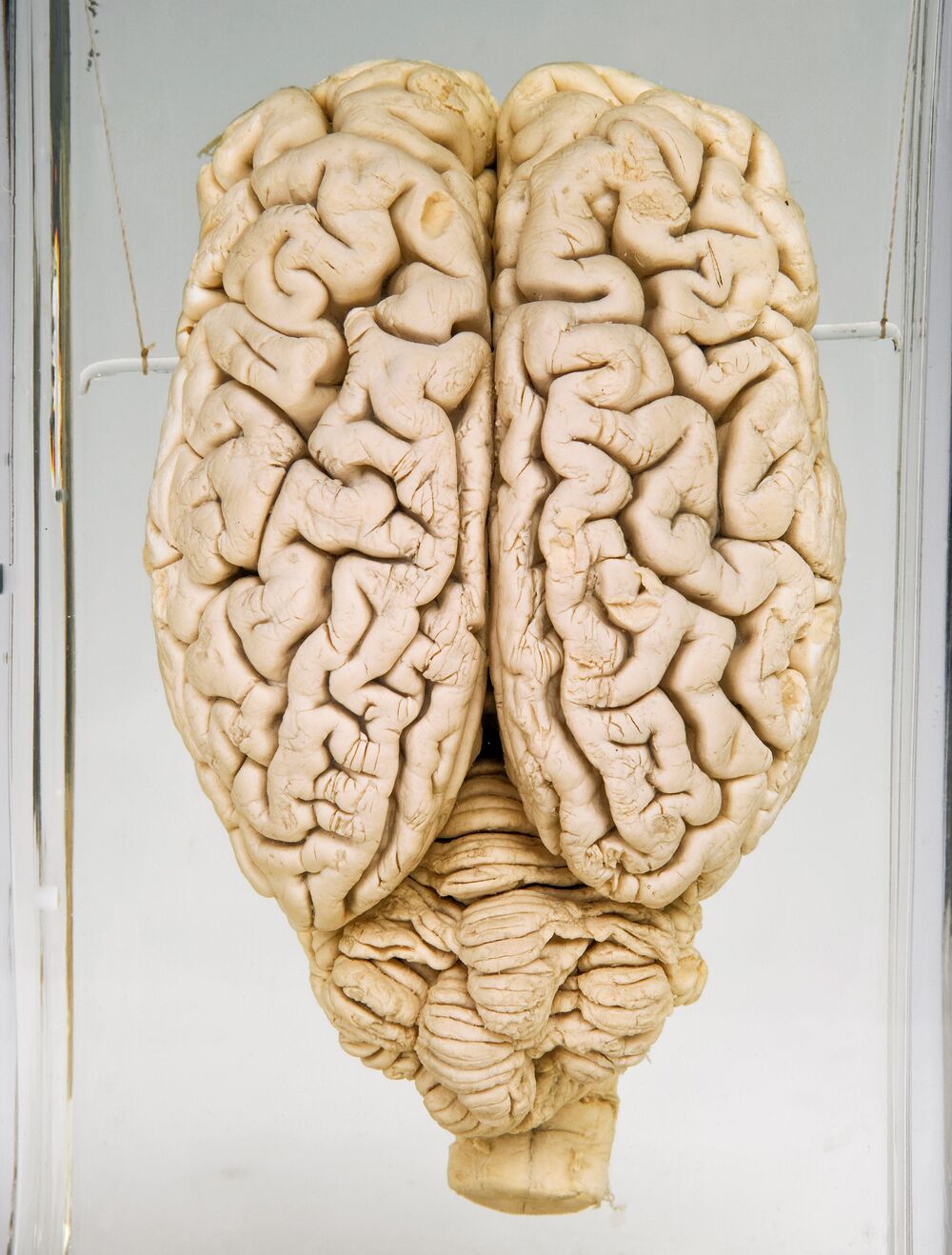
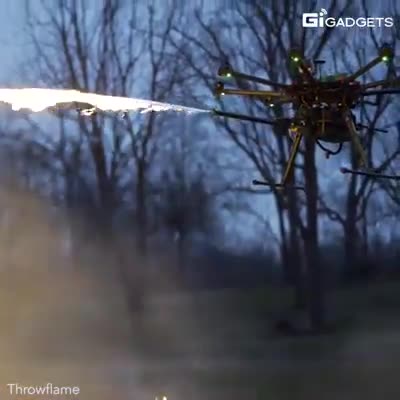
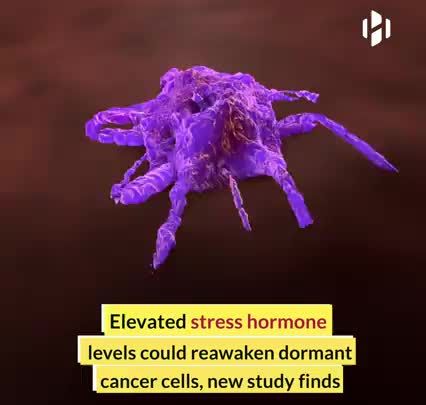
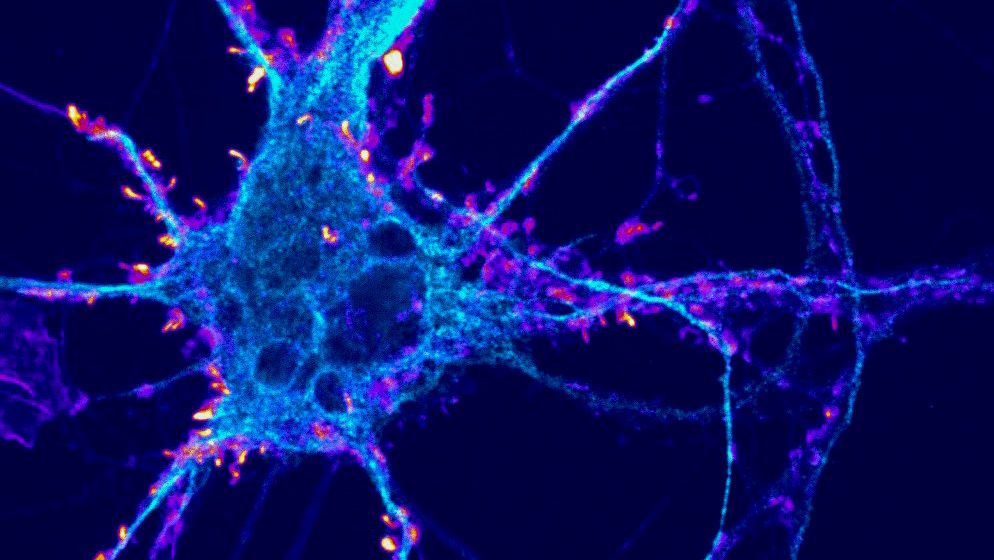
“Researchers report today that they’ve created a nontoxic and nonhallucinogenic chemical cousin of ibogaine that combats depression and addictive behaviors in rodents. The work provides new hope that chemists may one day be able to create medicines for people that offer the purported therapeutic benefits of ibogaine and other psychoactive compounds without their side effects.”
Analog of ibogaine could hold hope for humans.

“” As sunlight hits the houses, bedroom windows adjust their opacity to allow the natural light to wake sleepy residents,” Terminus said on its website, which also highlights tranquil green spaces like rooftop gardens. “Once the light has filled the room, an AI virtual housekeeper named Titan selects your breakfast, matches your outfit with the weather, and presents a full schedule of your day.” The city, which includes offices, homes, public spaces and self-driving cars that move around under the ever watchful eye of AI, is due for completion in about three years, according to Terminus.”
Web Summit conference hears plans by Danish architecture firm BIG and Chinese tech company Terminus to build an AI-run city in Chongqing.
Solid Power is now producing a 22-layer ASSB (all-solid-state battery) with 330 Wh/kg and 20 Ah, and it intends to enter automotive validation in 2022.

Best bug tracking software tools and systems: track defects efficiently with these top tools.
We are testers – in other words, bug finders. Defect/Bug/Issue/Fault/Failure/Incident – whatever we choose to call – our primary job description revolves around finding, recording, reporting, managing and tracking these. There is no harm in using an excel sheet to record/track and emails to report/alert/communicate.

Circa 2015
At the Association for Computing Machinery’s Programming Language Design and Implementation conference this month, MIT researchers presented a new system that repairs dangerous software bugs by automatically importing functionality from other, more secure applications.
Remarkably, the system, dubbed CodePhage, doesn’t require access to the source code of the applications whose functionality it’s borrowing. Instead, it analyzes the applications’ execution and characterizes the types of security checks they perform. As a consequence, it can import checks from applications written in programming languages other than the one in which the program it’s repairing was written.
Once it’s imported code into a vulnerable application, CodePhage can provide a further layer of analysis that guarantees that the bug has been repaired.

